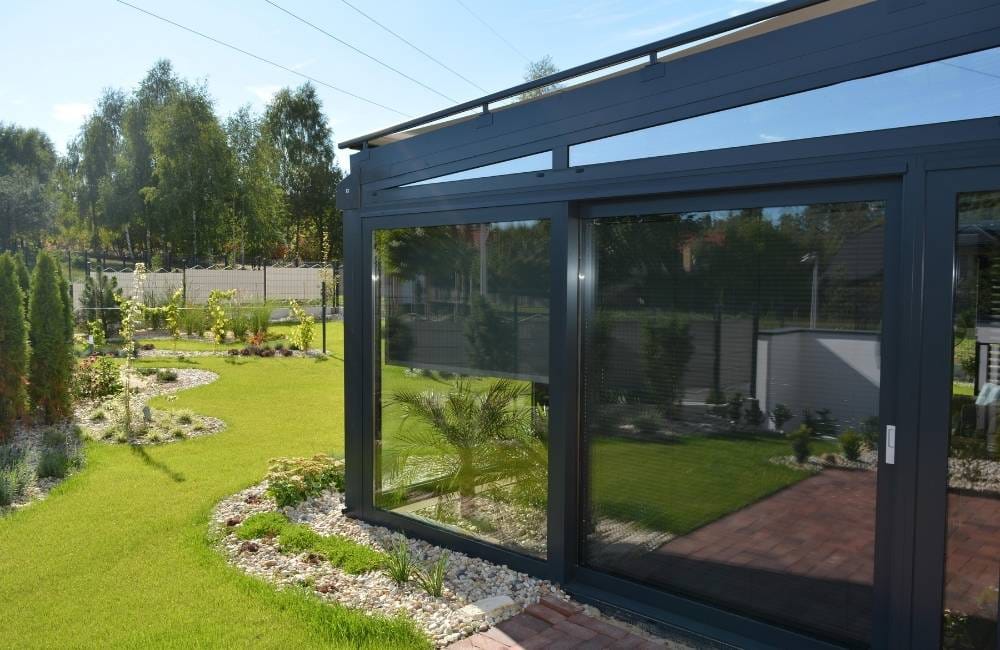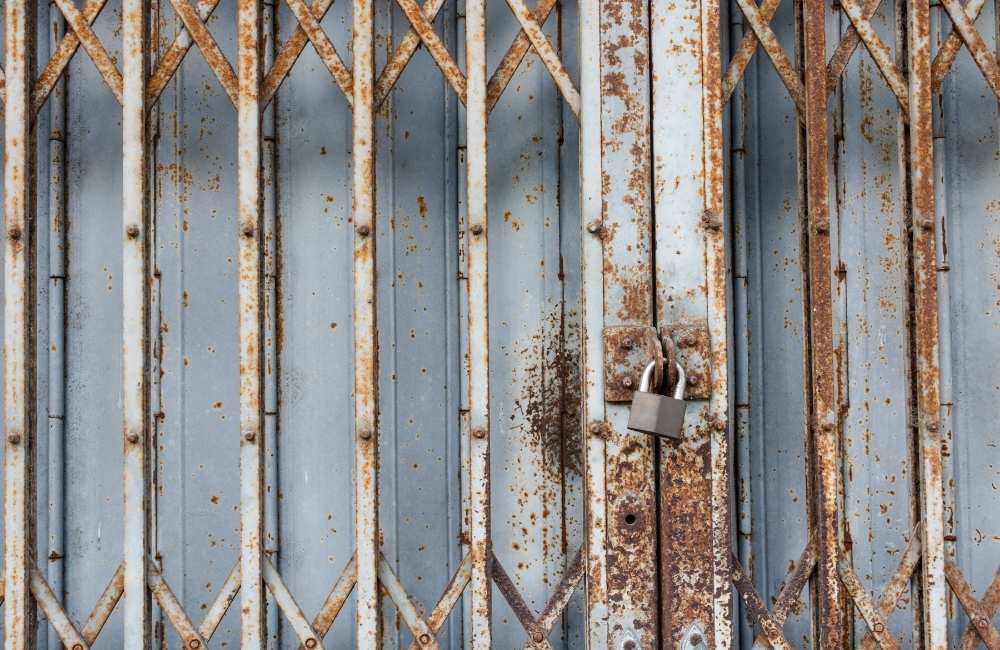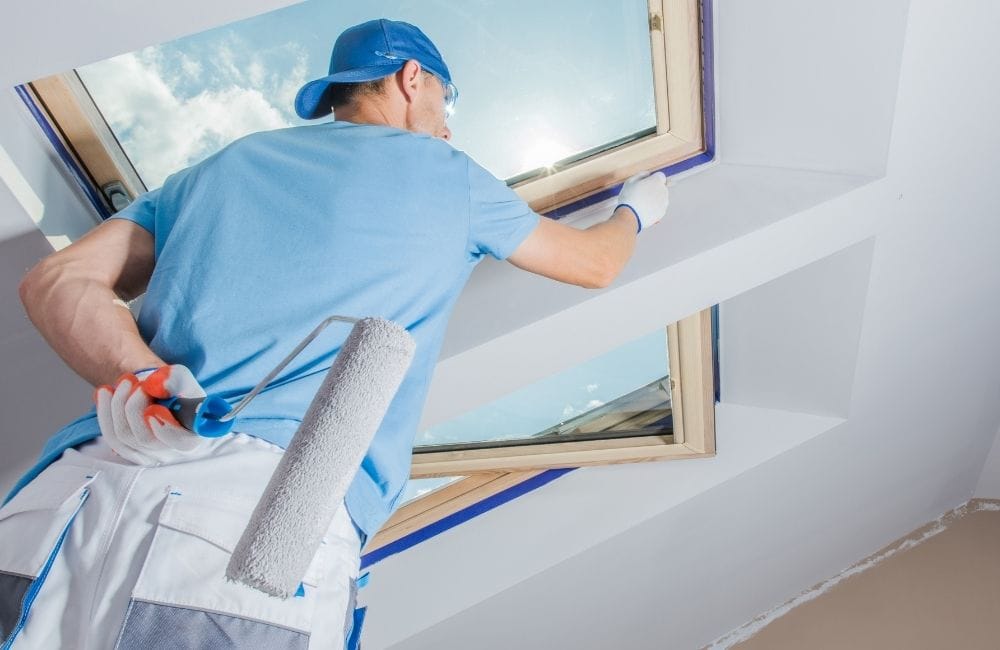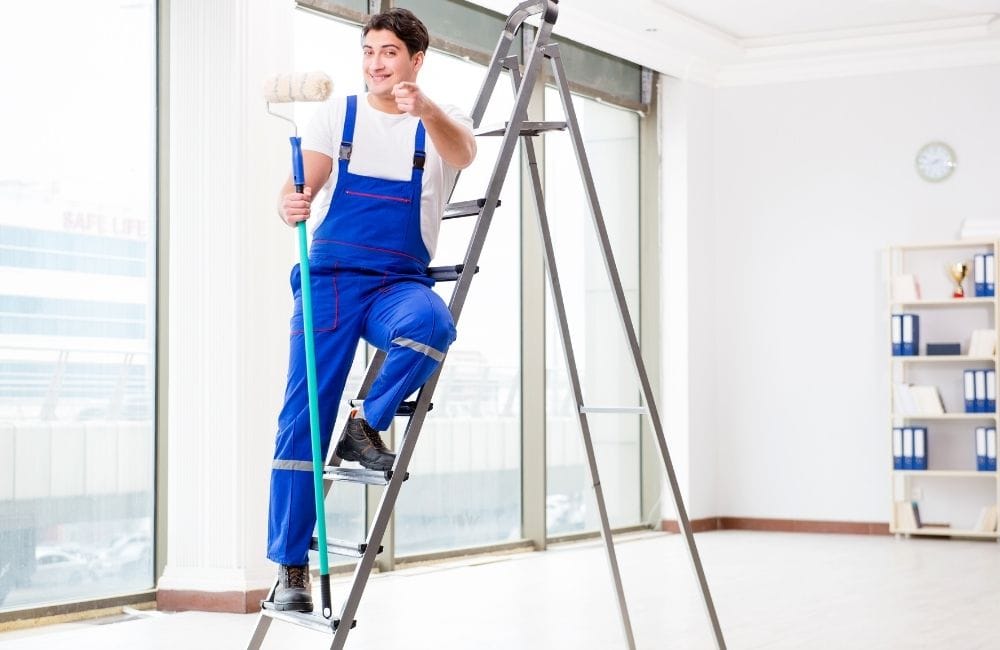- Free Estimates

Aluminum siding has long been a reliable exterior choice for homes across Glastonbury, CT, offering a clean, modern look with minimal upkeep. But like any material exposed to New England’s weather swings, it eventually shows signs of wear. Fading color, chalky residue, and peeling paint can all signal that the surface needs more than just a wash.
Here are five expert-backed reasons to consider repainting aluminum siding.
✔ Fading color and chalky residue are clear signs that aluminum siding needs repainting.
✔ Peeling or flaking paint exposes siding to moisture and long-term damage.
✔ Aluminum siding should be cleaned, sanded, and primed before applying fresh paint.
✔ Always use 100% acrylic latex paint specifically designed for aluminum siding.
✔ Products labeled for vinyl siding are not suitable for aluminum surfaces.
✔ Breathable, UV-resistant paint helps siding withstand Glastonbury’s seasonal changes.
✔ Hiring an experienced local painter ensures proper prep and long-lasting results.
✔ Repainting aluminum siding boosts curb appeal, energy efficiency, and resale value.

Over time, aluminum siding can lose its original color vibrancy, leaving the exterior looking tired and weathered. This change is often subtle at first but becomes more noticeable after years of sun exposure and seasonal wear. When paint no longer reflects light the way it used to, it may be time to apply fresh aluminum siding paint.
A white, powdery film on the surface of aluminum siding is a common sign of paint breakdown. This chalky residue appears when the paint’s binders wear away, leaving behind loose pigment. While it may seem harmless, it signals that the current layer of aluminum siding paint is no longer doing its job.
Peeling or flaking isn’t just an eyesore—it’s a warning sign that moisture or poor adhesion has compromised the paint layer. Once paint begins to lift from the siding, water can seep underneath and cause further damage. This condition worsens with time, making early action critical.

Although aluminum resists rust better than other metals, it isn’t immune to corrosion. Small dents, scratches, or years of exposure can invite oxidation. If white, gray, or reddish spots appear, they’re early signs that the protective paint coating has broken down.
Faded, aging siding can do more than hurt curb appeal—it can affect a home’s energy performance. Paint plays a role in heat absorption and reflection, and when it deteriorates, it loses that function. Glastonbury homeowners may notice rising utility bills before noticing the visual signs.
Installing aluminum siding generally costs an average of $11,750, making it a significant investment worth protecting. Proper preparation makes the difference between a paint job that lasts two years and one that holds up for a decade. Aluminum siding needs more than just a quick rinse—surface condition, weather timing, and product compatibility all play critical roles.
Here’s how professionals in Glastonbury, CT, prep aluminum siding for long-lasting results:
Dirt, mildew, and chalky residue must be removed before applying fresh paint. Most pros use a mild detergent mixed with water and a soft-bristle brush or a low-pressure power washer. If the siding still leaves a white film when touched after drying, it’s not ready for aluminum siding paint.
Old, peeling paint should be scraped away to create a smooth, stable base. A combination of putty knives and sanding blocks is often used to feather the edges and blend transitions. Failing to remove flaking areas will prevent the new aluminum siding paint from adhering correctly and cause premature peeling.
Even if there’s no visible peeling, siding with a glossy finish should be lightly sanded to dull the surface. This helps the primer and new coat grip better, especially when repainting aluminum siding that hasn’t been touched in years. Medium-grit sanding sponges or fine-grit sandpaper work best for even results.
After sanding and scrubbing, it’s important to rinse off all residue and allow the siding to dry for at least 24–48 hours. Painting over damp metal traps moisture beneath the surface, leading to bubbling or rust-like stains. Many painting failures stem from skipping this drying phase before applying aluminum siding paint.
Small dings or corrosion spots can affect both the look and performance of a paint job. Fill dents with exterior-grade filler, sand smooth, and spot-prime any exposed metal. This extra step ensures the finished surface looks seamless and holds up to Connecticut’s weather fluctuations.
Before using any topcoat, the siding must be primed with a product that’s compatible with aluminum—not something labeled for vinyl or wood. Many homeowners assume what kind of paint for vinyl siding will work on metal, but it won’t bond properly without a metal-specific primer. A dedicated primer blocks oxidation, evens out the surface, and gives aluminum siding paint something to grip.

The cost to paint aluminum siding generally averages $5,730, so choosing the right products is essential to make that investment worthwhile. However, not all exterior paints are created equal—especially when it comes to aluminum siding. The wrong formula can peel, crack, or fade within a season, while the right one can last for years.
Here’s what Glastonbury professionals look for when selecting the best aluminum siding paint for long-term results:
Acrylic latex paint is the top choice for aluminum siding because it offers flexibility, durability, and strong adhesion. Unlike oil-based formulas, it resists cracking as the metal expands and contracts with temperature changes. When repainting aluminum siding, pros often recommend a satin or low-sheen finish for a smooth, modern look.
Products labeled for vinyl or wood siding don’t always bond properly to aluminum. Homeowners sometimes assume what kind of paint for vinyl siding works universally, but it lacks the grip needed for metal. This mismatch leads to premature peeling and a blotchy appearance, especially after the first winter.
In Glastonbury’s humid climate, exterior surfaces need protection from both the sun and biological growth. The best aluminum siding paint includes UV-blocking additives and mildew-resistant formulas to preserve color and keep siding clean. This is especially important for shaded areas or homes surrounded by trees.
High-gloss finishes show imperfections, while flat finishes collect dirt more easily. Most painters recommend a satin or low-luster sheen when using aluminum siding paint, as it balances appearance with cleanability. It also reflects light well without looking too shiny.
Moisture can build up beneath siding, especially after heavy rains or snow melt. Paint that allows vapor to escape while still forming a protective barrier helps prevent blistering and mold growth. Breathable acrylic options are ideal when repainting aluminum siding in moisture-prone regions.
Light colors reflect heat, while dark tones absorb it—an important consideration for energy efficiency in New England. The chosen aluminum siding paint should be rated for freeze-thaw cycles and seasonal fluctuations. Glastonbury painters often guide clients toward colors that both suit the home’s architecture and withstand local weather patterns.

Repainting aluminum siding is a major investment—both in time and materials. Hiring the right professional ensures the job is done correctly, using the proper prep and aluminum siding paint that lasts. These tips help narrow down reliable painters who understand local conditions and know how to deliver top-notch results:
Not every exterior painter has worked with aluminum surfaces, which behave differently than wood or vinyl. A seasoned pro will know how to prep for oxidation, select the correct aluminum siding paint, and avoid adhesion issues. Always ask how many aluminum siding projects they’ve completed in the last few years.
Painters who’ve completed jobs in Glastonbury or nearby towns should be able to provide photos or references. Look for homes with similar siding type, color, and age to compare results. A contractor who has successfully repainted aluminum siding locally is more likely to anticipate weather-related challenges.
A reliable contractor should clearly explain the type of paint they’ll use and why. Be cautious if they suggest general exterior paint or mention what kind of paint for vinyl siding without clarifying its compatibility. Professionals will specify high-quality acrylic options designed for aluminum.
Good prep work takes time and effort, and a quality painter will outline each step—cleaning, sanding, priming, and drying. Skipping any of these can shorten the life of the aluminum siding paint, no matter how expensive the product. Ask how they’ll address chalking or damaged areas before they pick up a brush.
In Connecticut, reputable painters carry proper licensing and liability coverage to protect both parties. Local painters also understand seasonal timing—when to start a project to avoid humidity, cold snaps, or sudden rain. Hiring someone familiar with Glastonbury’s climate helps ensure a smoother repainting process.
The written quote should break down labor, materials, primer, aluminum siding paint, and any extra repairs. Avoid vague lump sums that don’t list prep time or the number of coats planned. A transparent estimate shows professionalism and reduces surprises later on.
Yes, aluminum siding can be painted multiple times as long as the surface is properly cleaned and prepared between coats. Each round of repainting aluminum siding should involve sanding and priming to ensure the new layer adheres well. Using a high-quality aluminum siding paint will help maintain durability across multiple applications.
A fresh coat of aluminum siding paint can increase curb appeal and improve the home’s overall appearance, which may positively influence resale value. Buyers tend to view well-maintained exteriors as a sign of responsible ownership. Repainting aluminum siding before listing can also help neutralize color schemes to attract a broader market.
No additional sealer is required after applying aluminum siding paint if the product is formulated for exterior metal surfaces. Most modern paints include built-in weather resistance and sealing properties. However, skipping primer or using what kind of paint for vinyl siding can reduce the effectiveness of the finish.
Late spring through early fall is ideal for repainting aluminum siding in Connecticut due to moderate temperatures and lower humidity. Professionals recommend avoiding extremely hot or damp days, which can impact drying and adhesion. Choosing the right aluminum siding paint also ensures it cures properly during these weather conditions.
Yes, it’s possible to go darker when repainting aluminum siding, but it may increase heat absorption and lead to expansion or warping. High-quality aluminum siding paint with heat-reflective properties can help manage this risk. Always consult with a painter to assess if the siding is suited for a significant color change.

At Glastonbury Professionals House Painters, aluminum siding isn’t just another surface—it’s where precision meets craftsmanship. Our team understands the unique challenges of Connecticut’s climate and uses premium aluminum siding paint to ensure every project looks clean, sharp, and built to last. Whether tackling faded panels or full siding transformations, we bring the tools, experience, and attention to detail that make a lasting difference in Glastonbury, CT.
Schedule a consultation today and let our trusted repainting specialists restore confidence in every coat.